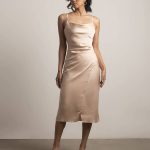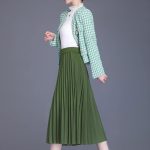Introduction: The Centrality of the Suit Jacket in Professional Attire
The suit jacket remains an emblem of professionalism and sophistication in modern fashion. It is a garment that exudes authority and confidence, often serving as the centerpiece in an ensemble that conveys competence and finesse. Traditionally paired with matching trousers and a dress shirt, the suit jacket has evolved to become a versatile piece that can be coordinated with a variety of clothing styles. Its construction, fabric, and fit are crucial elements that impact the wearer’s appearance and the message they project in the professional realm.
The Evolution of the Suit Jacket
The Historical Development of the Suit Jacket
The suit jacket’s origins can be traced back to the 19th century, when a lounge jacket was adapted from the frock coat to offer a less formal option. As social norms and professional environments evolved, the lounge jacket was refined into the modern suit jacket, becoming a standard of menswear. Throughout the 20th century, the suit jacket underwent various transformations in silhouette, lapel size, and overall style, responding to changes in fashion trends and cultural shifts, such as the move towards business casual attire.
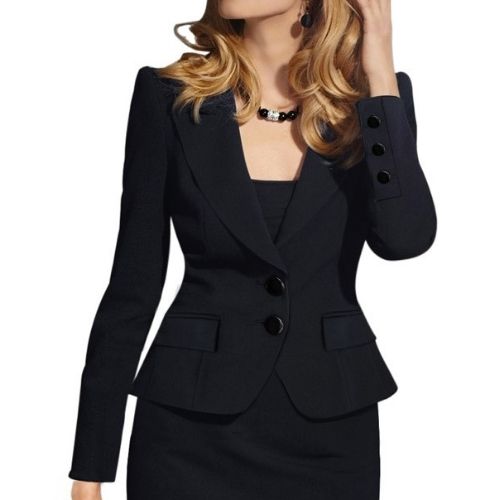
From Classic Fits to Modern Cuts
While the traditional suit jacket was characterized by a more conservative and roomy fit, contemporary styles have embraced slimmer cuts that align with modern aesthetics. The slim-fit jacket has become increasingly popular, offering a sleek profile that complements the body’s natural shape. In addition to the slimmer fit, designers have experimented with deconstructed styles lacking structured padding, removal of excess fabric, and shorter jacket lengths, all contributing to a more relaxed yet polished look.
Key Components of a Suit Jacket
Understanding Jacket Structure and Construction
A well-constructed suit jacket is the result of meticulous design and tailoring. The jacket’s shape is defined by its canvas—a layer of material that provides support and determines how the jacket drapes. Key structural elements include the lapels, whose width and style vary by trend; the vents, which can be single, double, or none; and the shoulders, which may contain padding to enhance the silhouette. The quality of these components plays a significant role in the garment’s overall appearance and durability.
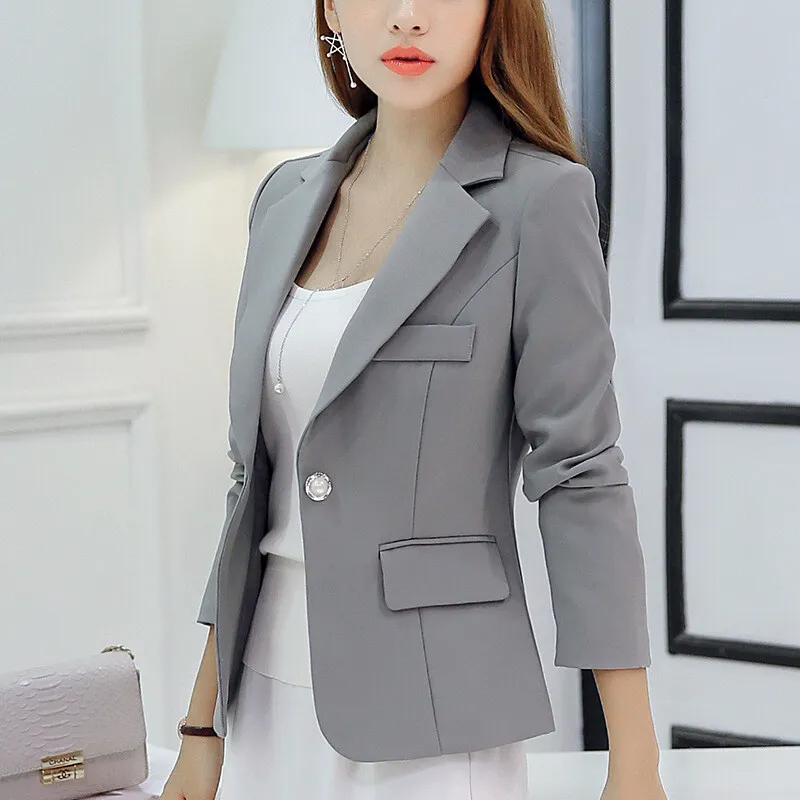
Fabric Selection for Suit Jackets
The choice of fabric significantly influences the suit jacket’s function and formality. Wool is a classic and versatile option, renowned for its breathability and temperature-regulating properties. For more luxurious options, fabrics like cashmere and silk offer a superb feel and sheen. Seasonal variations prompt the use of lighter materials such as linen or cotton for summer and heavier fabrics like tweed or flannel for winter, ensuring the jacket’s appropriateness in different climates and occasions.
The Importance of Fit and Tailoring
The fit of a suit jacket is paramount in achieving an impeccable look. A tailor-fitted jacket can accentuate the wearer’s strengths while minimizing less favorable areas, creating a balanced and attractive silhouette. Important aspects to consider include the length of the jacket and sleeves, the fit around the chest and waist, and the alignment of the lapel and collar. A well-fitted jacket not only enhances the wearer’s appearance but also allows for greater comfort and mobility.
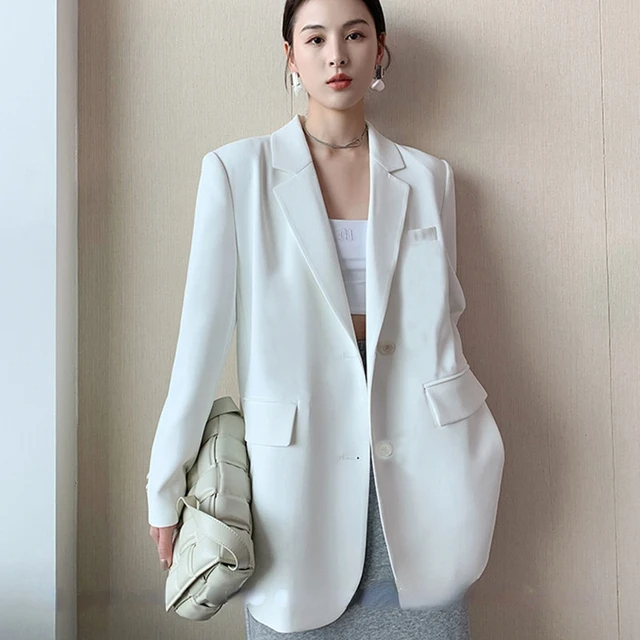
Styling the Suit Jacket
Pairing with Trousers and Shirts
The suit jacket’s classic companion is the dress trouser, typically in a matching fabric to form a suit. However, mixing and matching separates has become an accepted fashion practice, allowing for dynamic looks that can be adapted for different dress codes. When selecting a shirt, considerations of color, pattern. And fabric play a role in either complementing the women jacket or providing a contrasting highlight. The right combination can elevate the overall impact of the outfit, making it suitable for a range of professional settings.
Accessorizing for a Personal Touch
Accessories offer an opportunity to personalize the suit jacket. Ties, pocket squares, and lapel pins can introduce color, texture, and pattern to an outfit. When chosen thoughtfully, these accessories create a cohesive look without overwhelming the jacket’s inherent style. Additionally, a quality watch, belt, and dress shoes enhance the professional aesthetic, providing a polished finish to the ensemble.
Adapting the Suit Jacket for Casual Wear
The suit jacket’s versatility extends to casual attire. Pairing a suit jacket with a turtleneck or quality T-shirt can yield a sophisticated. Yet more relaxed look, suitable for informal business meetings or smart-casual events. When opting for denim or chinos, the jacket should be less structured and in a color or fabric that complements the casual nature of the pants. Such combinations demonstrate the suit jacket’s adaptability beyond strict formal wear.
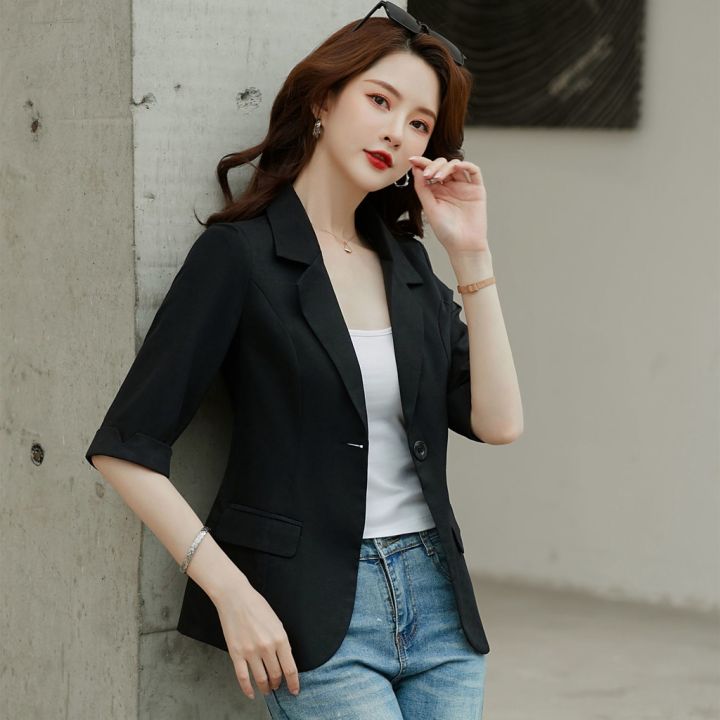
The Impact of the Suit Jacket on Professional Perceptions
The Suit Jacket as a Symbol of Authority
It acts as a visual cue, signaling a sense of authority and attention to detail that can be influential during first impressions or important meetings. The visual impact of a crisp suit jacket reinforces an individual’s professional image and can contribute to a higher perceived status within a corporate environment. The psychological effect, known as “enclothed cognition,” implies that the attire one chooses can affect one’s own confidence and performance. As well as how others perceive one’s competence and reliability. Therefore, the jacket is more than just an item of clothing; it’s part of the uniform of success.
Corporate Identity and Brand Representation
In the context of business, the jacket also serves as a non-verbal communicator of corporate identity and brand representation. Employees in client-facing roles often wear suit jackets that align with company colors or are tailored to fit a uniform look. Presenting a cohesive and professional team image. For instance, luxury retailers and high-end service providers might choose suit jackets of a particular fabric or cut to convey an image of sophistication and attention to quality consistent with the brand ethos. This strategic use of the suit jacket reinforces brand values and can enhance customer trust and loyalty.
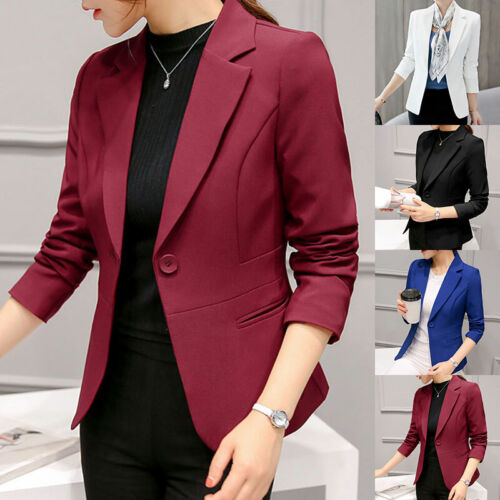
Gender Neutrality and the Suit Jacket
The jacket transcends gender boundaries and has become a staple for professional women who are looking to convey similar qualities of competence and authority. Women’s suit jackets are tailored to accommodate different body types while retaining the garment’s classic characteristics. This has played a critical role in the evolution of women’s professional attire, providing an alternative to traditional business dresses or skirts and empowering women to stand equally alongside their male counterparts. The symbol of the suit jacket as a garment of professional empowerment is a testament to its enduring relevance in the workplace.
Suit Jacket and Fashion Innovation
Technological Advancements in Suit Jacket Fabrics
Innovation in fabrics has significantly advanced the features of the modern suit jacket. Technical fabrics that resist wrinkling, repel water, and breathe well are becoming increasingly popular for professionals on the go. These innovations not only enhance the functionality and durability of the jacket but also contribute to the wearer’s comfort throughout the day. Coupled with traditional tailoring techniques, these new materials represent the future of professional attire. Reflecting an understanding of the need for practicality without compromising traditional style.
Eco-Conscious and Ethical Suit Jacket Options
The rising demand for sustainable fashion has influenced jacket manufacturers to adopt eco-friendly practices. Ethically sourced fabrics, green manufacturing processes. And the push for longevity rather than fast fashion cycles are all burgeoning trends in the production of suit jackets. Eco-conscious professionals now have the choice to select garments that align with their values. Without forsaking style or professionalism. This shift toward responsible innovation showcases the industry’s capacity for positive change and the role of the suit jacket in promoting a sustainable future.

